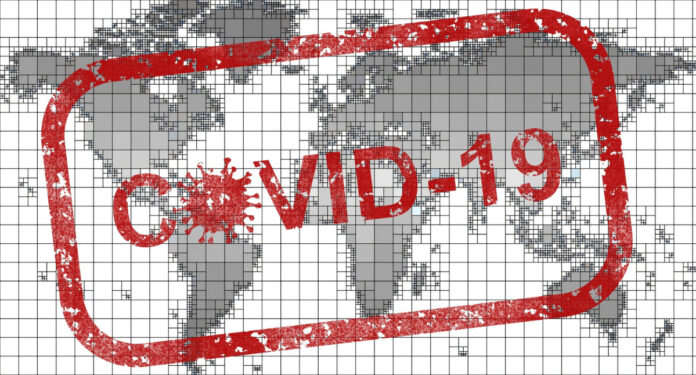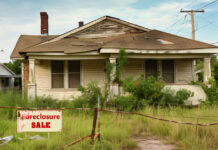The U.S. reported a whopping 163,405 new cases of COVID-19 on Thursday, November 12 in the U.S. and 181,194 on Friday. That is 44 percent higher than one week ago and has more than double since the start of the month.
Expect to see government official panicking in the streets and rolling out all sorts of new restrictions.
Since the virus hit the U.S. early this year, there have been 10.8 million cases reported and 244,250 deaths, the majority among the elderly and immunocompromised. Globally there are more than 53 million cases and 1.3 million deaths. Global cases are rising at about 600,000 per day.
The U.S. saw 1,389 in the past 24 hours, inline with the figures from August but below the peaks reached in April and May. The global average is about 10,000 deaths per day, peaking at 12,000 earlier in the week. It is worth noting that the death rate is ticking upwards again, but at a slower rate than the case count, but deaths are a lagging indicator, as are hospitalizations.
There are currently 68,516 patients hospitalized in the U.S. for COVID-19, which is up 1,420 in the past 24 hours.
Lockdowns Explode Across the County
In response to the rising case count and the increased number of hospital beds filling with coronavirus patients, some states are mandating curfews, lockdowns, and closing schools. New Mexico, Wisconsin, and Oregon all announced measures. Oregon ordered all businesses closed for two weeks and limited social gatherings to six people. (When you start to hear about essential vs non-essential activities again, you know lockdowns are coming.)
Chicago and New York City are recommending their residents stay home. Indoor gatherings have been limited to 10 people or less in many places, including Colorado, Connecticut, Hawaii, Illinois, Kentucky, Maryland, Massachusetts, Michigan, Minnesota, Mississippi, New York, North Carolina, Ohio, Oregon, Rhode Island, Texas, Washington, and West Virginia. Most states are limiting the number of people allowed at Thanksgiving gatherings, although it remains to be seen if there will be any enforcement of these mandates.
If you live in an urban area or a Blue State, prepare for more lockdowns. Stock your cupboards, get your hair cut, see your friends and relatives one last time, and enjoy a meal in a restaurant before it is too late. Red states like Texas and Nevada are resisting shutdowns
Cases Slow in Europe, or Do They?
Europe is seeing growth slow in some counties (Ireland, Spain and he Czech Republic, for example) even as others like Austria and Italy are seeing record numbers. The leveling off or dropping infection rates in some European countries appear to demonstrate that lockdowns and similar restrictions can be effective in curtailing the spread and relieving stress on crowded hospital systems. Of course, European lockdowns have resulted in waves of protests against the restrictions. We may see similar protests in the U.S., or people may simply protest more passively by ignoring them.
Economic Impact a Big Unknown
The newest lockdowns, referred to as Lockdown Lite in parts of Europe, are designed to let as much business be conducted as possible, in contrast to the total lockdowns earlier in the year. This is designed to minimize the negative impact on jobs and the economy, but it is becoming clearer that new restrictions will not help the restaurant industry, the airlines, hotels, tourism and other service industries. Some industries will be forever changed, and some jobs are never coming back.
The economy suffered a serious blow in the second quarter of 2020, but much of the harm was mitigated by the stimulus packages, extra unemployment, and money provided to businesses.
Jobs bounced back in Q3 when many businesses were allowed to re-open, but new shutdowns will slow and even reverse that progress. It is unclear if congress will be able to complete another Stimulus bill or if the incoming administration will renew prohibitions on evictions for nonpayment of rent and continue to prohibit utility shutdowns due to non-payment.
We may leave behind 2020 only to enter a new year in which things are as bad or worse.








